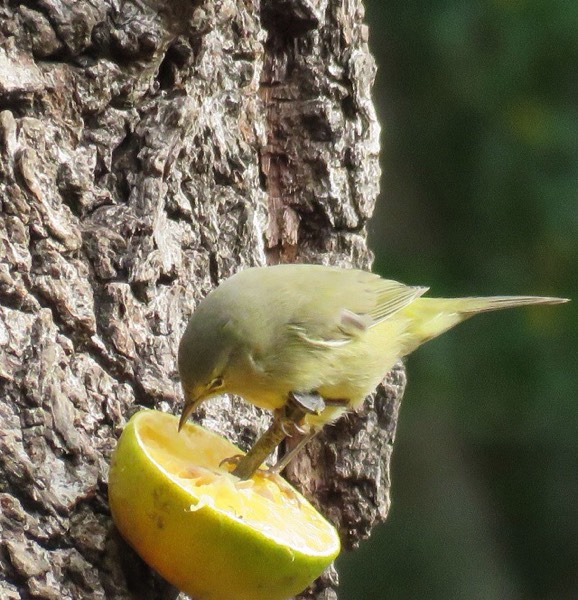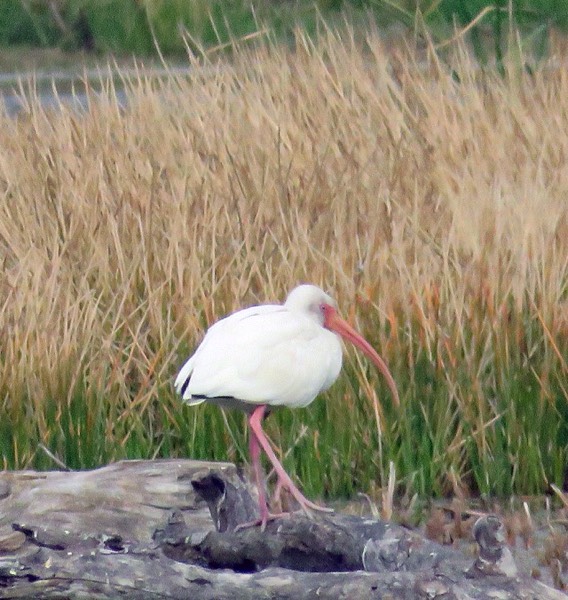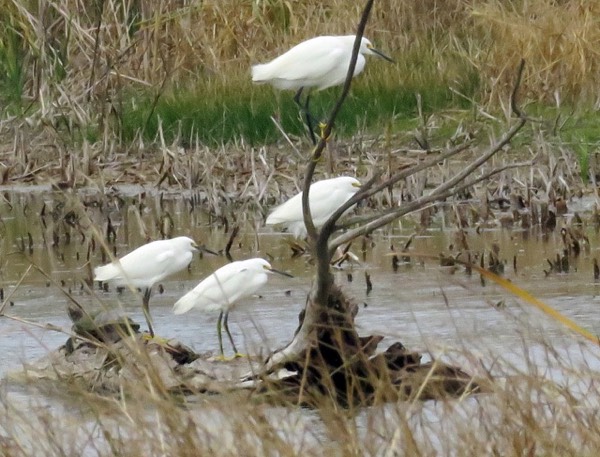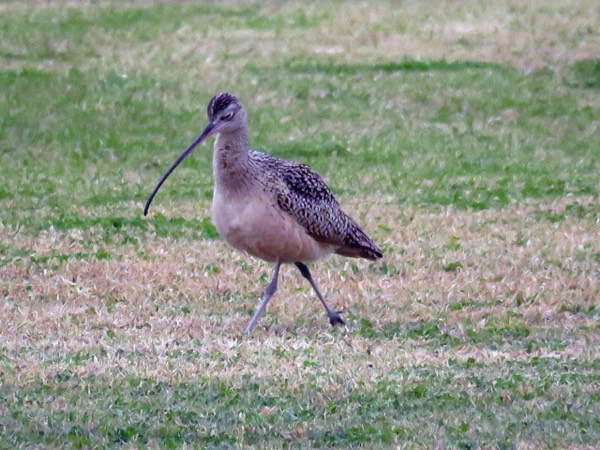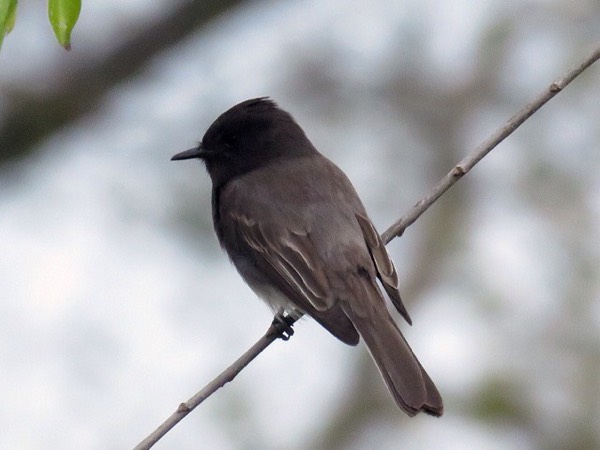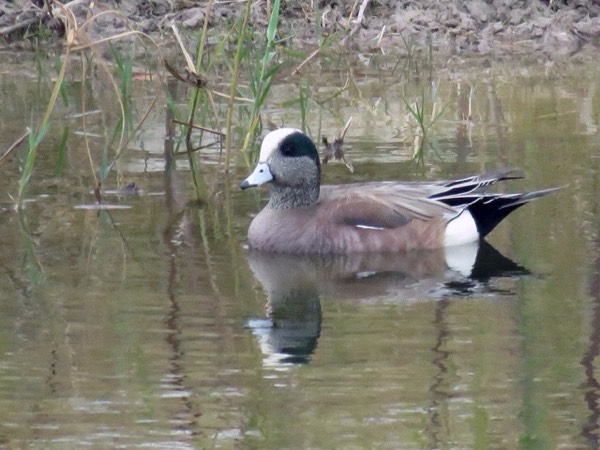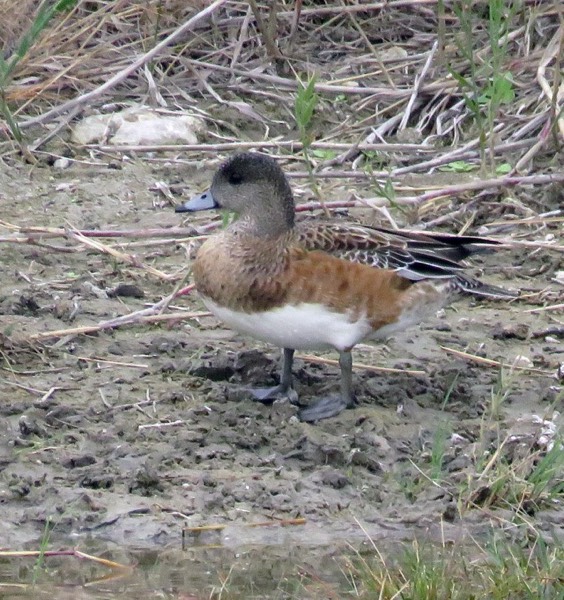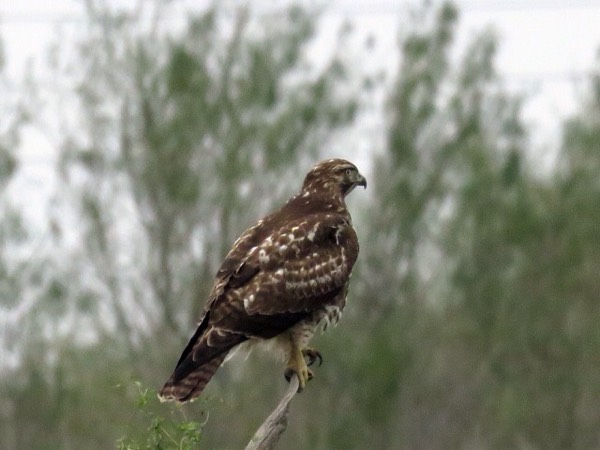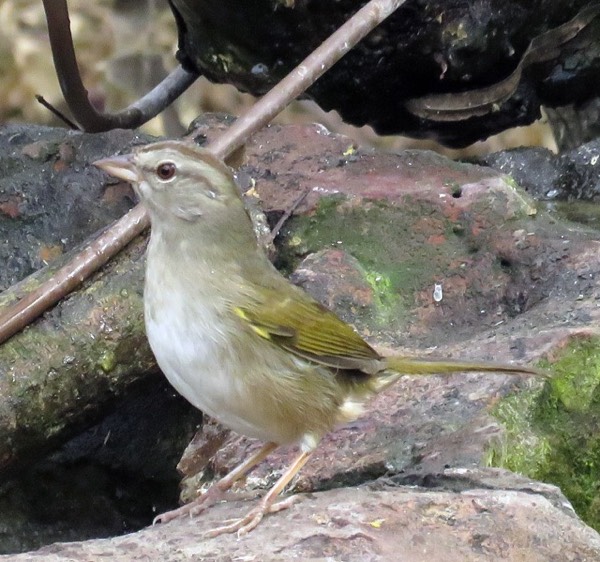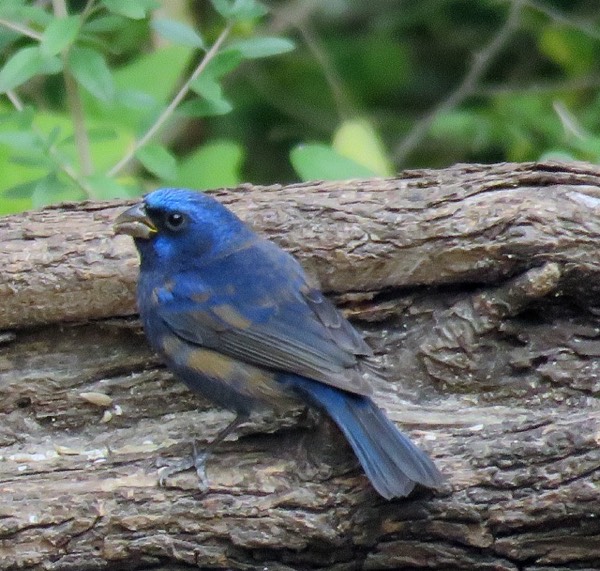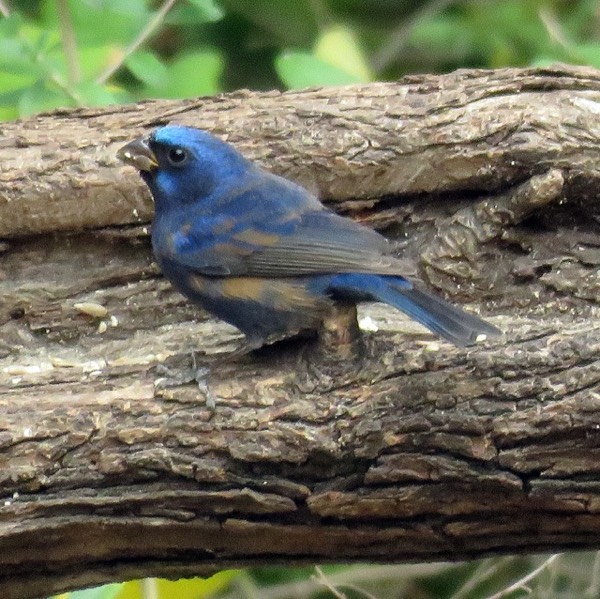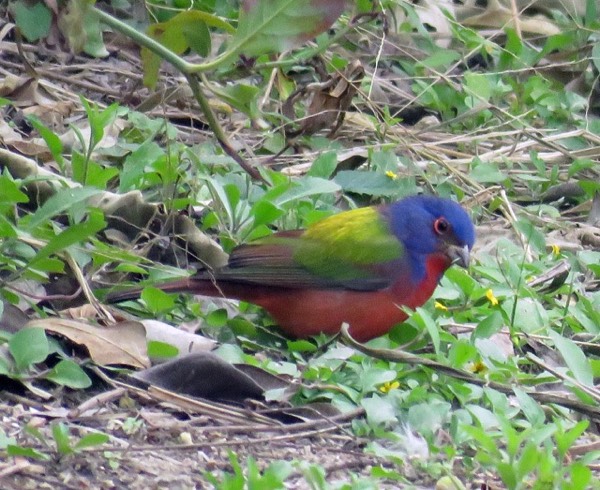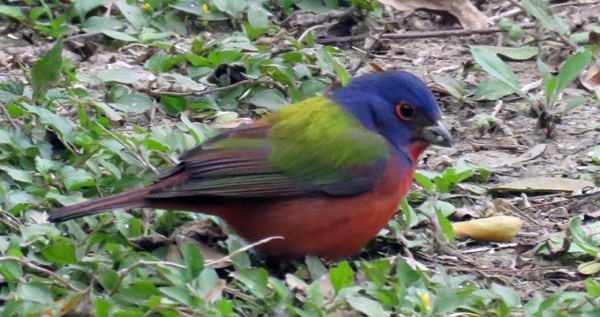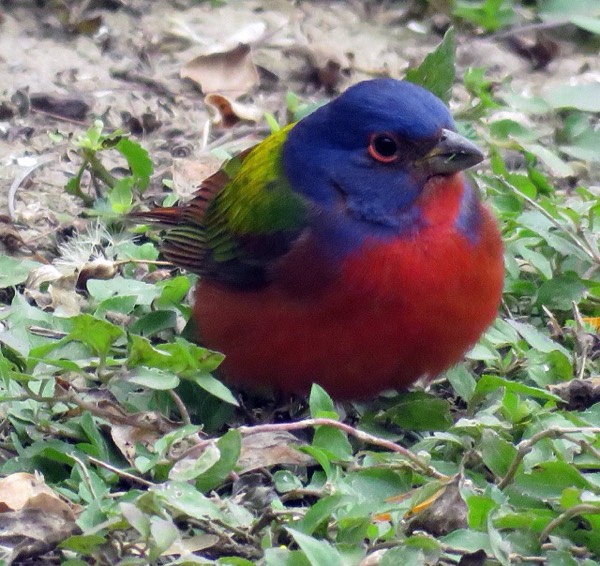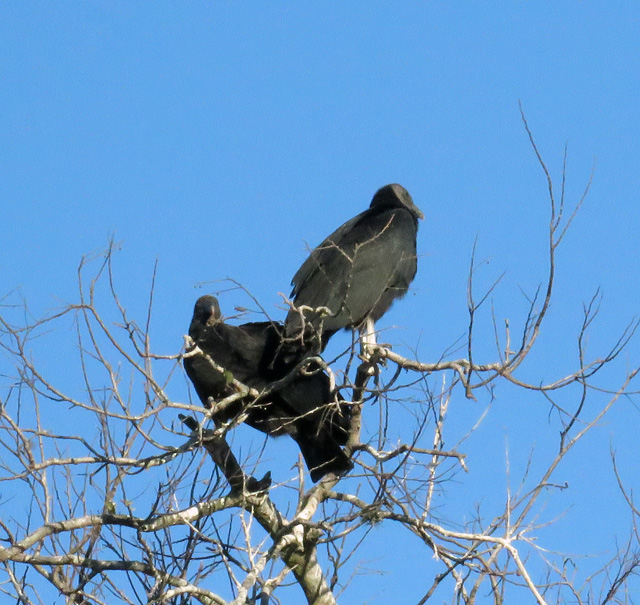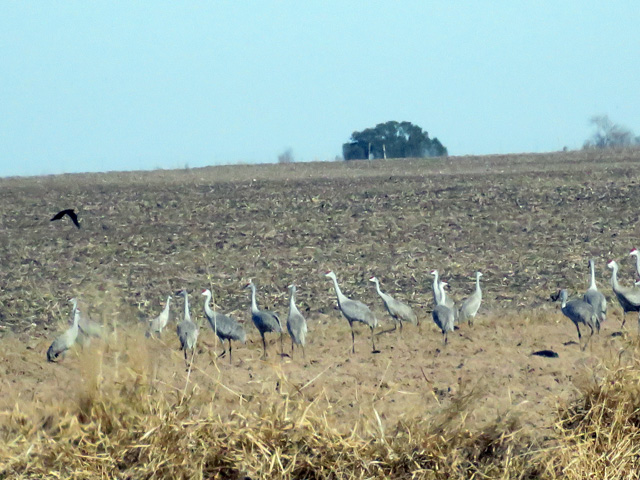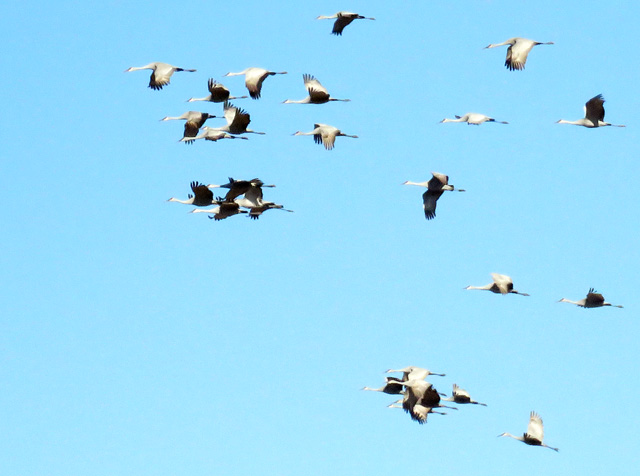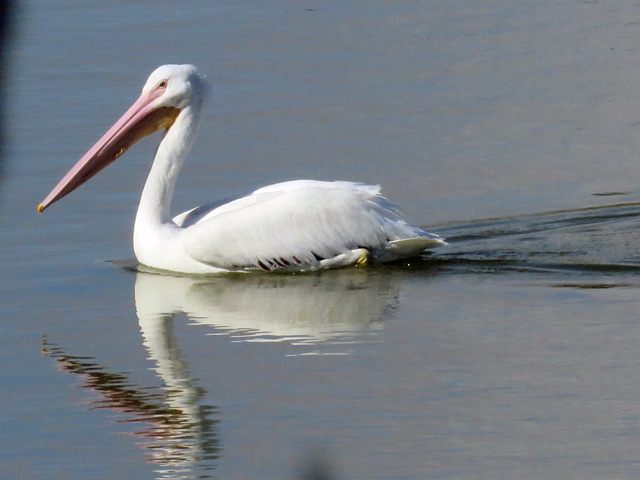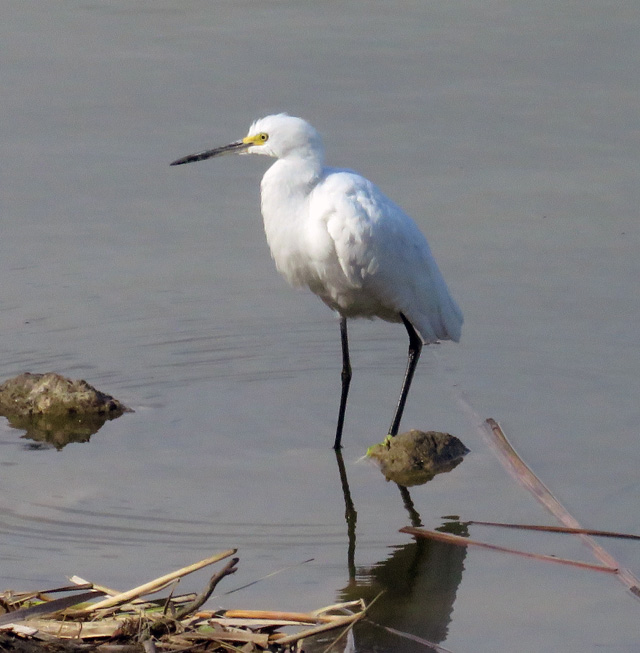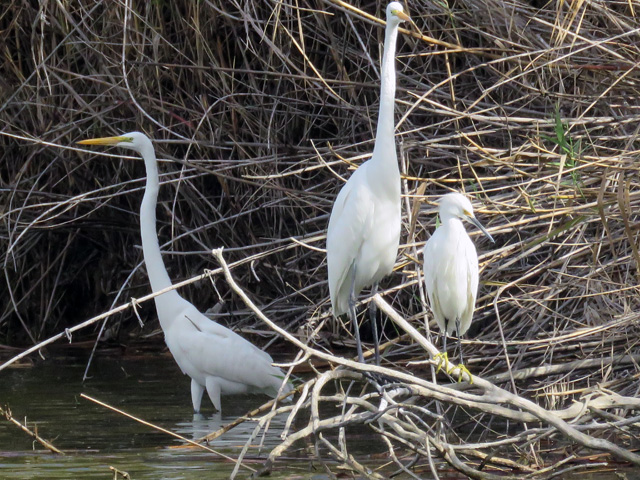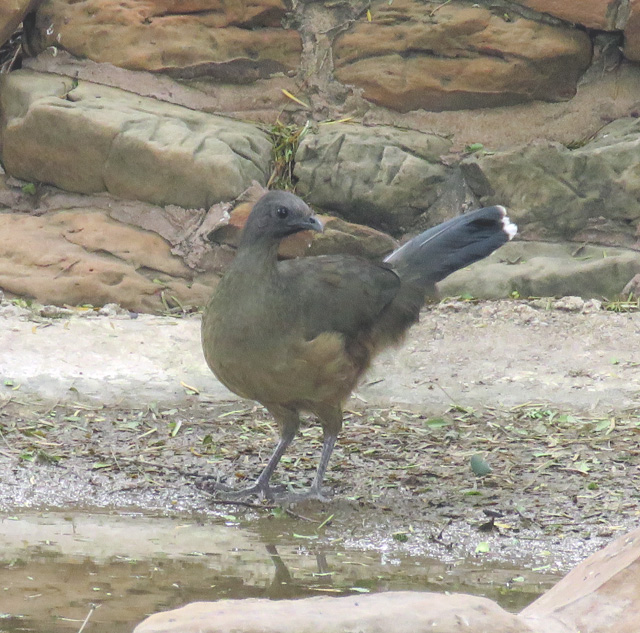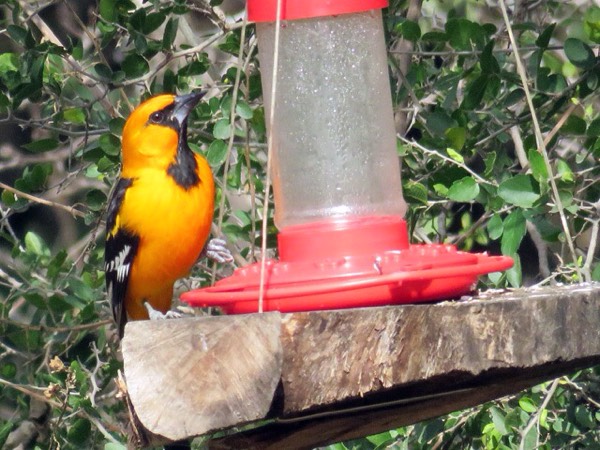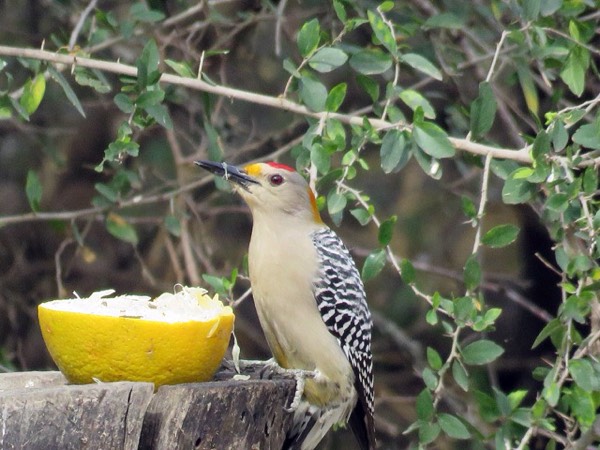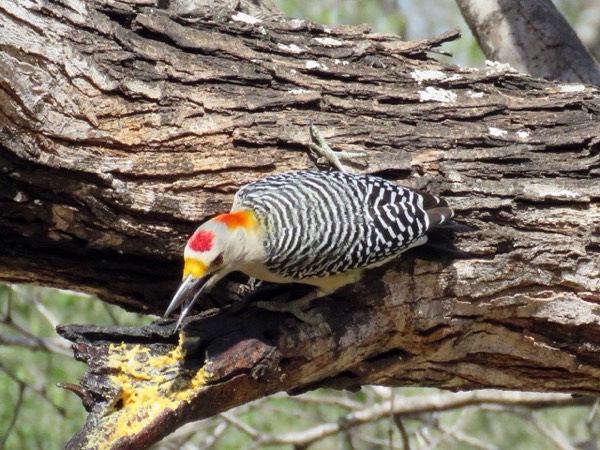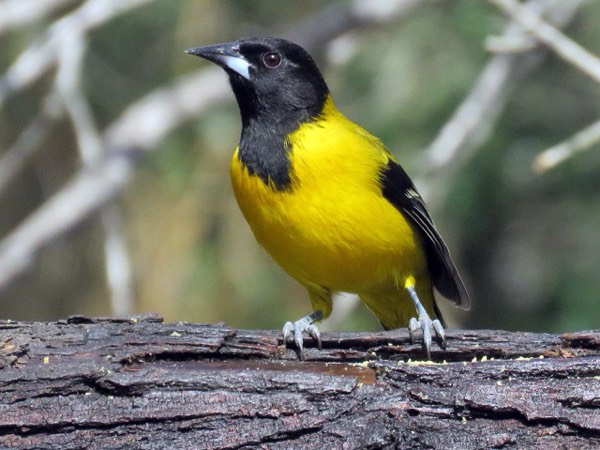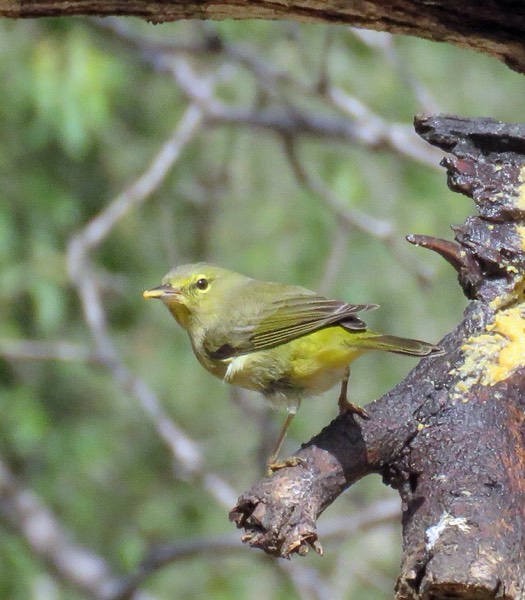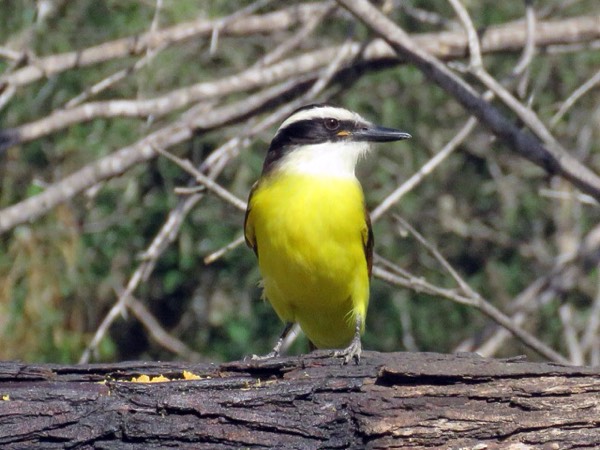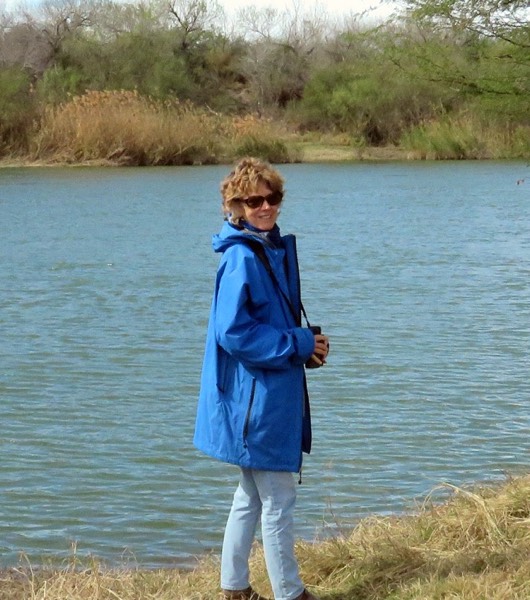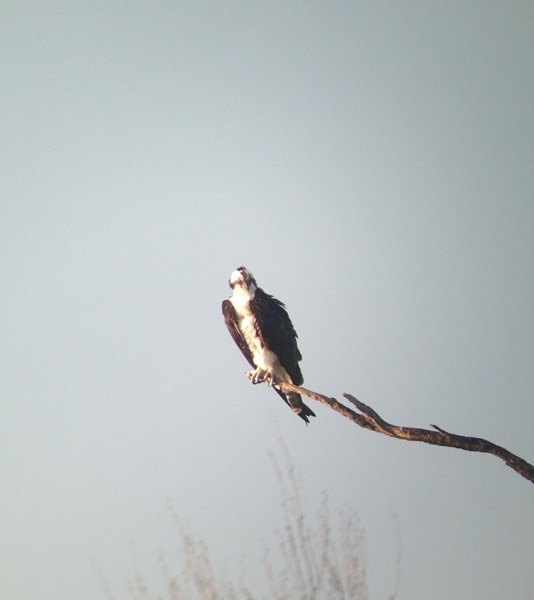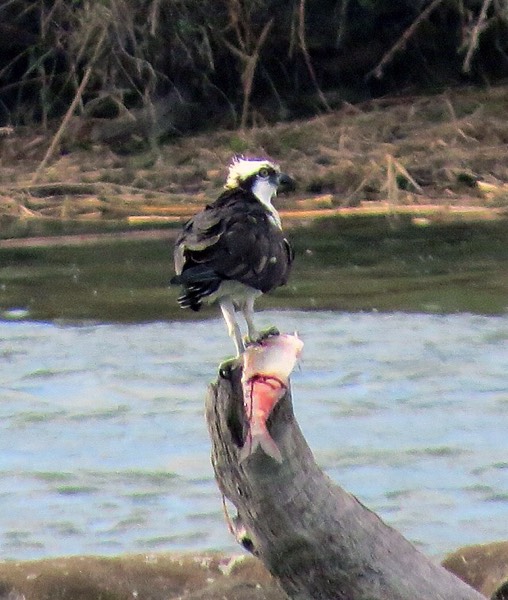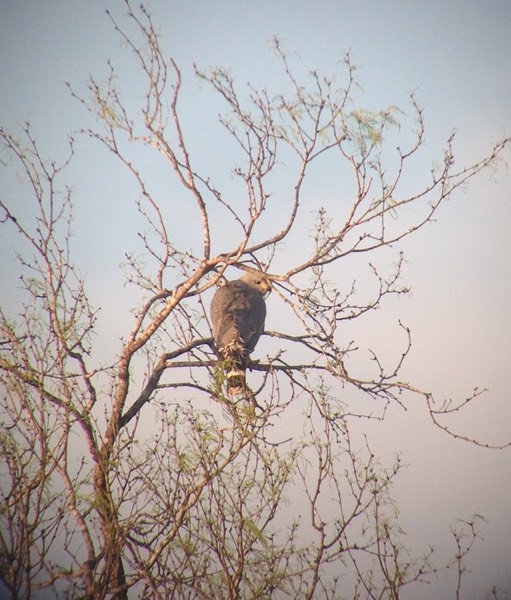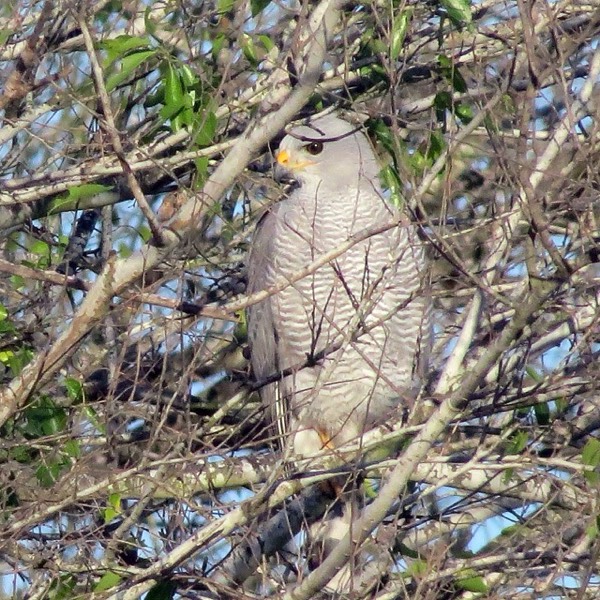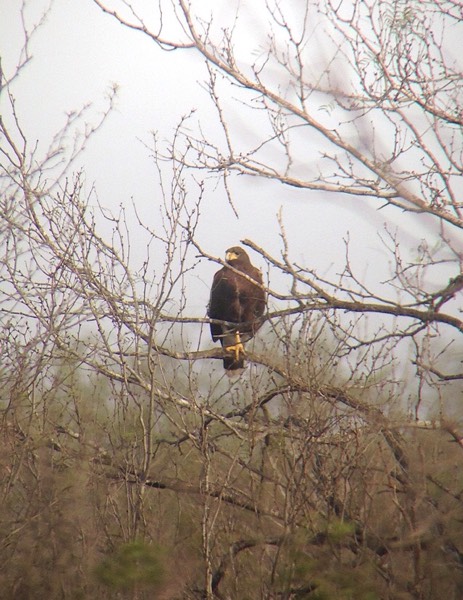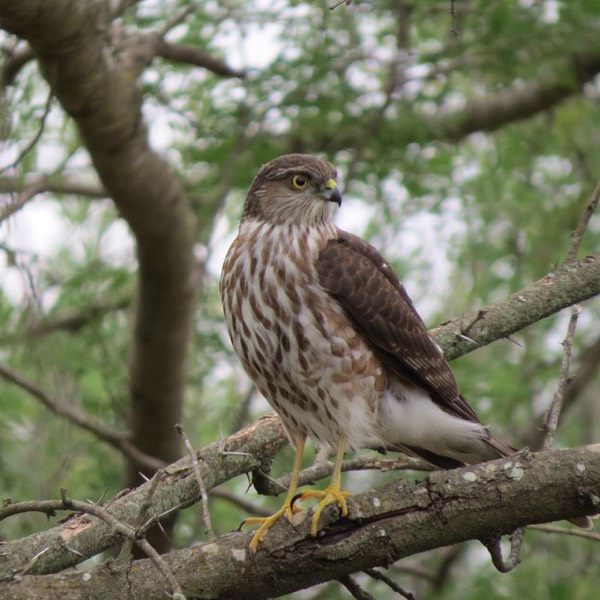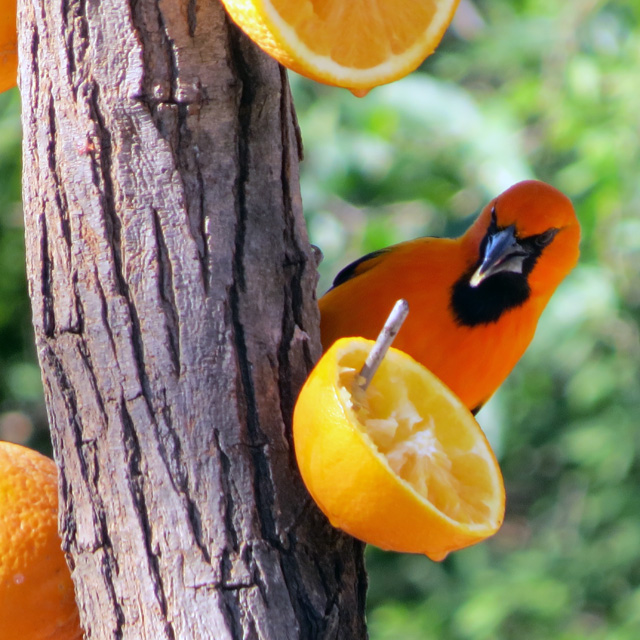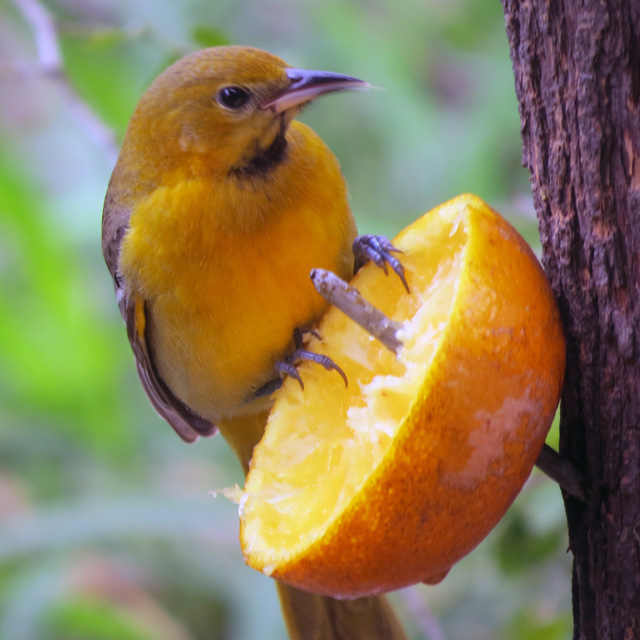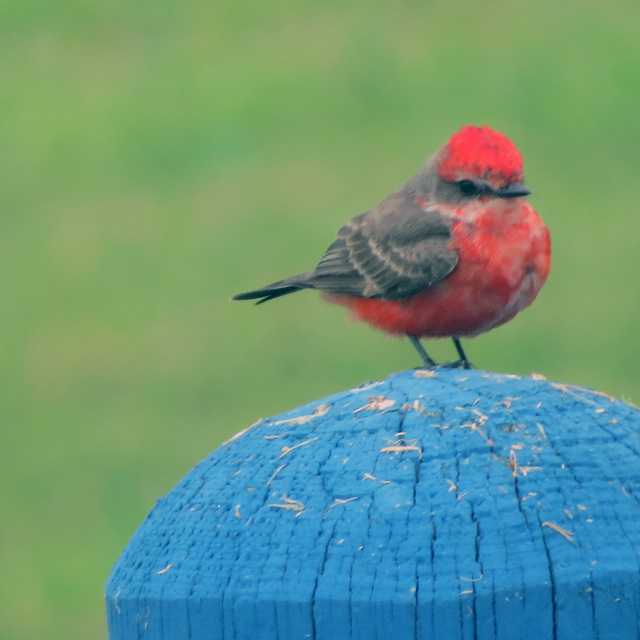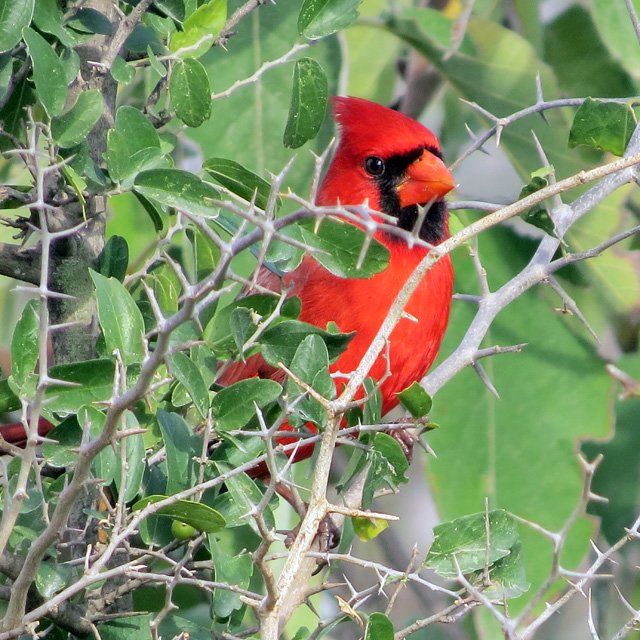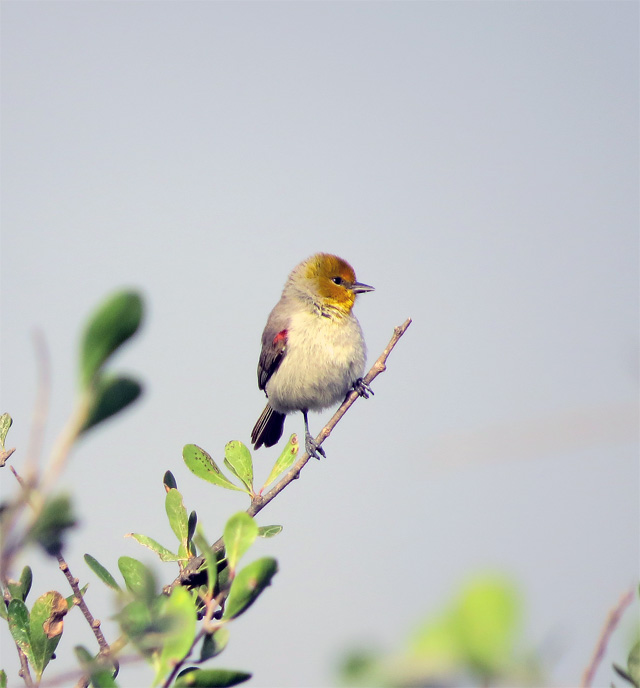Yesterday morning, Mary and I ( and our bird dog) were at Estero Grande Llano State Park to check out some of the wonderful array of birds there – it was Mary’s first visit. As is my custom, I did a quick scan of the parking lot for birder license plates and found this interesting one.
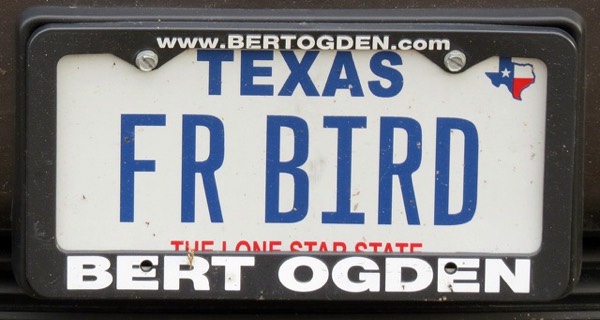
We wondered for a moment about it (not realizing it belonged to one of the pillars of Valley birding) and went on to a great couple of hours with the birds, and a bellowing male alligator, before heading home.
Last evening, I started reading a book, Heralds of Spring in Texas, that I had borrowed from the RV park’s library.
I was just reading the Preface skimming the acknowledgements when I saw, "Father Tom Pincinellli, a Catholic priest with a deep interest in birds of the Rio Grande Valley and in helping other birders;" and I was on to Google to see if this might be the owner.
Three pages of articles flashed up and it was obvious that a.k.a. "Father Bird" had been at Estero as well. He’s a well-known birder, environmentalist, spokesperson, and articulate person of faith and I think we passed him on the trail, but of course, did not know him. From all that I have read, he would (will) be a wonderful guy to talk with. Mary, as a retired Episcopal priest would have a lot in common while I, a "learning" birder, would have a lot of questions.
Here’s a snip from one article describing his leadership role in the Rio Grande Valley Birding Festival:
That expert would be Tom Pincelli, a Catholic priest who has been a fixture in RGV birding community since arriving in south Texas in 1980. In birding circles, all you need to say is "Father Tom" or "Father Bird," and many in the Rio Grande Valley and beyond will know exactly who you are talking about. Pincell is a Connecticut native, who started birding in 1972. By the time the church offered him a congregation in Harlingen in 1980, he was well acquainted with the special birding opportunities in south Texas. For a birding priest, this assignment must have been like winning the lottery. Ever since, Father Tom has tirelessly promoted birding and bird habitat conservation in the Valley. When the festival organizers came calling, he was arguably the region’s most well-known birder, thus his involvement brought the fledgling event instant credibility.
Here is a short interview with him.
So, while we are heading westward in a few days, I’m sure that we will try to connect by email now, and in person on a future visit. I’ll also be more aggressive in tracking down the owner’s of birding plates – right then. As this exercise taught me, there are a lot of interesting people driving vehicles with avian vanity plates. Do you know any?
